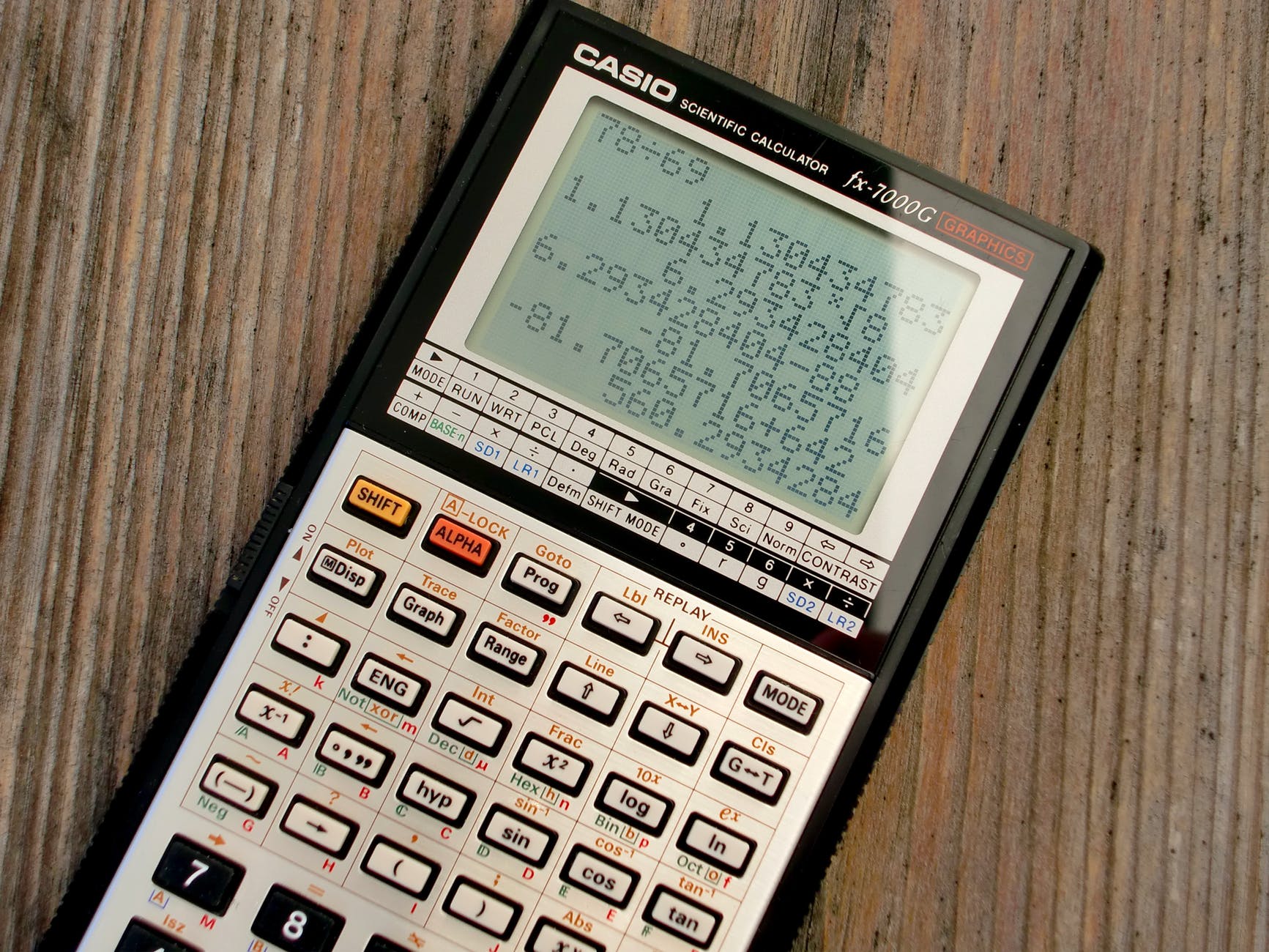
Mark Twain is credited with stating that there are three kinds of lies, "Lies, damned lies and statistics". As a statistician, I often hear people quoting this to me to which I often point out that Twain was only partially correct. There are three kinds of lies, "Lies, damned lies and lies told by misusing statistics". It appears that once again in Australia, vital funding choices are about to be made through the use of a faulty statistic, the citation count.
During this past week I’ve been happily working away with my students, teaching them all I can about the wonderful world of mathematics and statistics. In particular, we’ve looked at what inferences you can draw from a set of descriptive statistics. One particular example in their textbooks asks the students to compare the pulse rates of 21 adult males and 22 adult females and make an inference about male and female pulse rates. As expected from the data supplied, these students conclude that females, in general, have higher and more variable pulse rates than the males. Whilst that is a correct conclusion from the supplied data, I always ask the students if there is anything they might be concerned about with regards to this data and how it was collected.
Continue reading Lies, Damned Lies and (Misused) Statistics…





